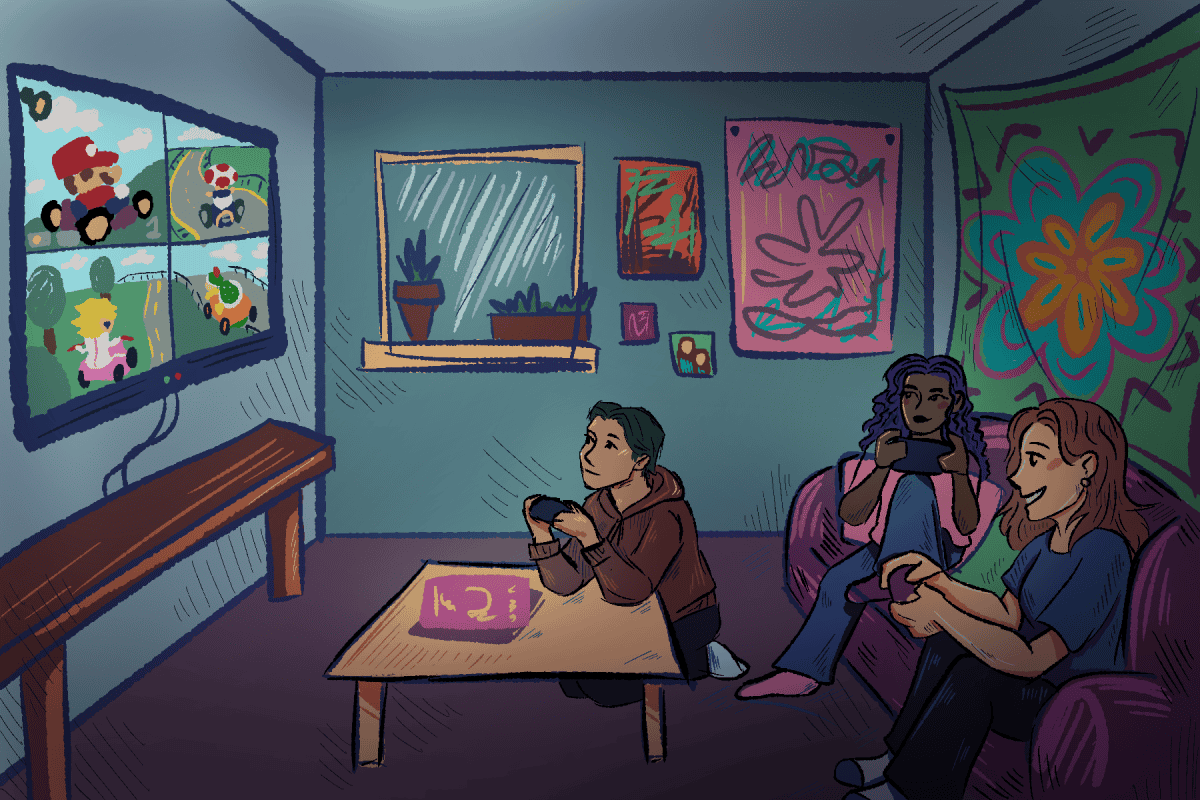One lesson every college student should learn before graduating is how to dress appropriately for professional situations. I admit I have not yet been on an interview that has required me to purchase a skirt, suit or slacks, but that does not mean I won’t in the future. Because of my lack of knowledge regarding sartorial choices of the “business casual” genre, I looked to an outside source not far outside of campus.
Alexa Chilcutt, UA professor of public speaking, has done extensive research on impressions management and has given seminars all over campus on the importance of first impressions. Many students are required to take COM 123 and are familiar with Chilcutt’s lesson on appearance and non-verbal communication.
“Typically, within the first 30 seconds to one minute, someone knows whether they’re going to hire you or not,” Chilcutt said. “Appearance has at least 80 percent to do with your credibility. That is the first barrier you have to get over.”
With so much emphasis on physical appearance, students should be well-equipped with an ensemble that reads credible, responsible and any other company-desired qualities.
In regards to “business-casual,” Chilcutt explains the term to mean slacks, a button-down, belt and polished shoes for men; and usually the same for women, with an option to swap out the slacks with a conservative dress or skirt.
“The worst thing you could wear is some short little dress, too much jewelry, too much makeup and platform or strappy shoes,” she said. “Cute is not credible.”
I am one to push the boundaries in most clothing situations, but I realize this could be detrimental to my credibility in a job interview. Chilcutt does not completely reject all notions of style, but encourages students to research the aspired position before diving into their closet with no direction. Students should know the company and dress to the standards of their highest professionals.
“Use the audience analysis taught in public speaking,” Chilcutt said. “Who am I going to speak to? What do their professionals wear? I think that people need to do some research about who they’re interviewing for.”
As for embellishing the often neutral and lackluster pant or skirt suit, color and accessories are not off-limits. Just remember: to make yourself shine, clothes should not distract from what you are saying.
“Aim for classic and conservative, but you can have a little flair,” Chilcutt said. “You can show your individuality with your shoes, or a pop of color under a jacket, [or] even jewelry. It just can’t be distracting.”
As cliché as it sounds, dress to impress. Just remember who you are impressing. Keep the main goal – getting hired – in the forefront of your mind when dressing for an interview or professional setting.






